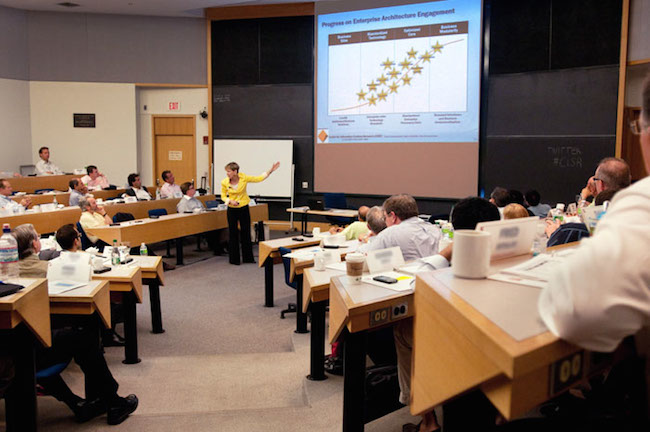
My summer short course executive education “students” are terrific. They come from all over the world and radically different industries. They’re entrepreneurs as well as intra-preneurs inside established organizations. They’re motivated, dedicated and demanding—as they should be. They authentically want to be better innovators. I’m grateful for their commitment and how much I learn from them.
The single most important thing I’ve learned over a decade of summer studies is that cultivating new capability is more important than better communicating one’s expertise. These mid-career leaders and managers aren’t just seeking greater knowledge, they want to acquire greater skill. But this sensibility isn’t just confined to the classroom— the desire for getting better at getting better is a global phenomenon. I’ve discovered that the summer short course is a great laboratory for learning how human capital revitalizes, renews and retools. Here’s the seven lessons managers and executives should consider as they invest in themselves:
1) Organizational impact matters as much as professional development. At mid-career, if you receive any kind of professional development, it has to have immediate impact on your organization. The course content and curricula need to clearly connect with what matters to your colleagues, clients and customers. A better view from 30 thousand feet or a firmer grasp of technology may exhilarate but will that translate to meaningful organizational influence within 100 days?
2) Keener introspection facilitates greater external influence. I am no longer surprised when students email or share that the session forced them to become more self-aware. Being able to do more pushes people to re-evaluate what they really want to do. In my class, people revisited what kind of innovators they wanted to be and what kind of innovation they wanted to encourage. The surer their insight into their own innovation priorities, the more clearly they could communicate and motivate. Whether you spend time in a classroom or not, the message here is to look for opportunities to rethink not just what you can do, but what you want to do. As you increase capability in one domain, look for adjacencies and complements.
3) Rethink, repurpose and renew what we’re already doing. Revolution and new paradigms weren’t top priorities for my mid-career students. The primary opportunity was revisiting the fundamentals of everyday projects and processes. Instead of starting from scratch, my students sought innovative ways to leverage what their organizations were already doing. For example, their company already prototyped. How might simple changes in the prototyping process yield disproportionately greater value? In the same way, you should be looking for similar opportunities where small tweaks result in creating and capturing new value. Don’t make “reinvention” your focus.





Questions about this article? Email us or leave a comment below.